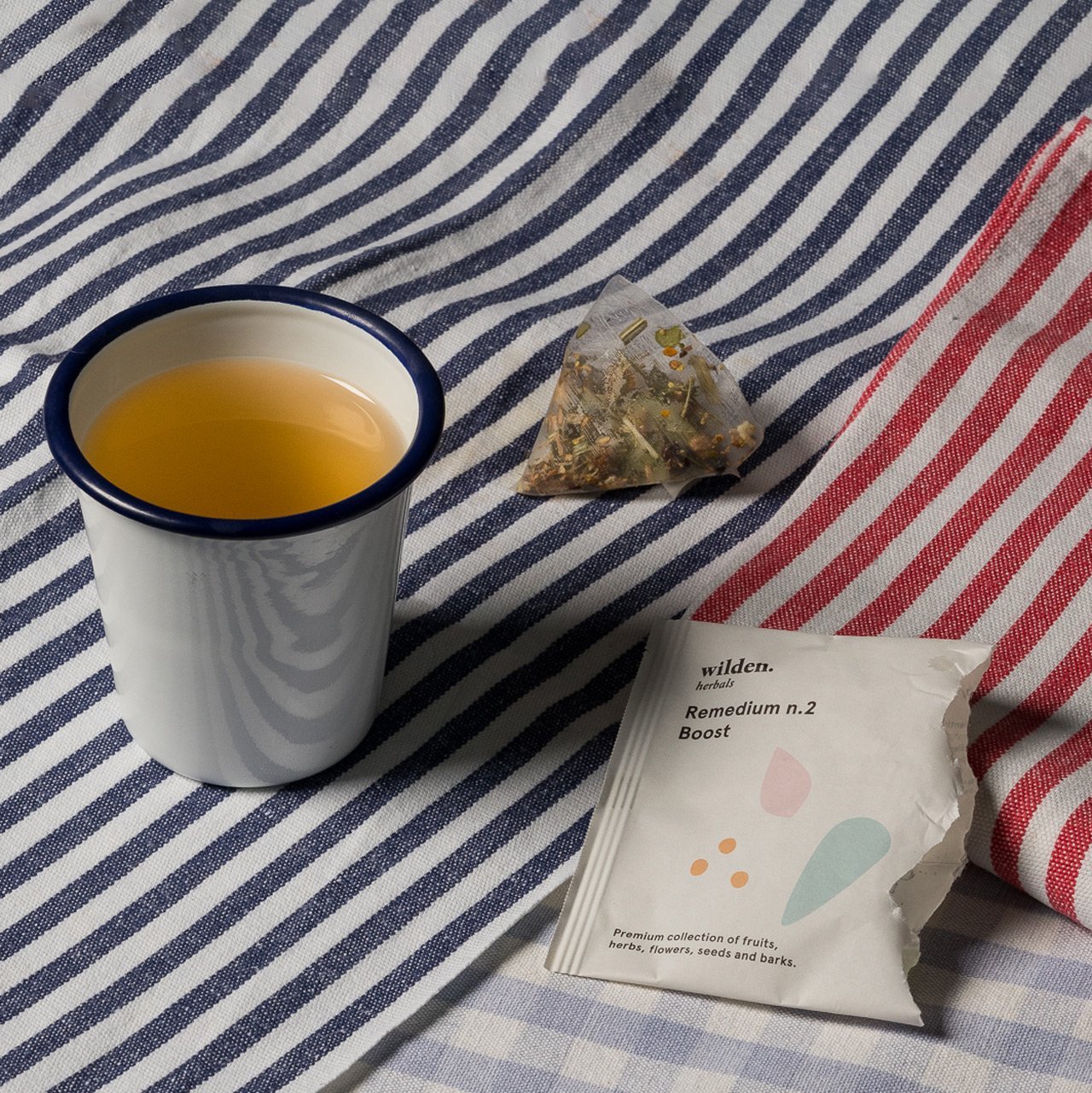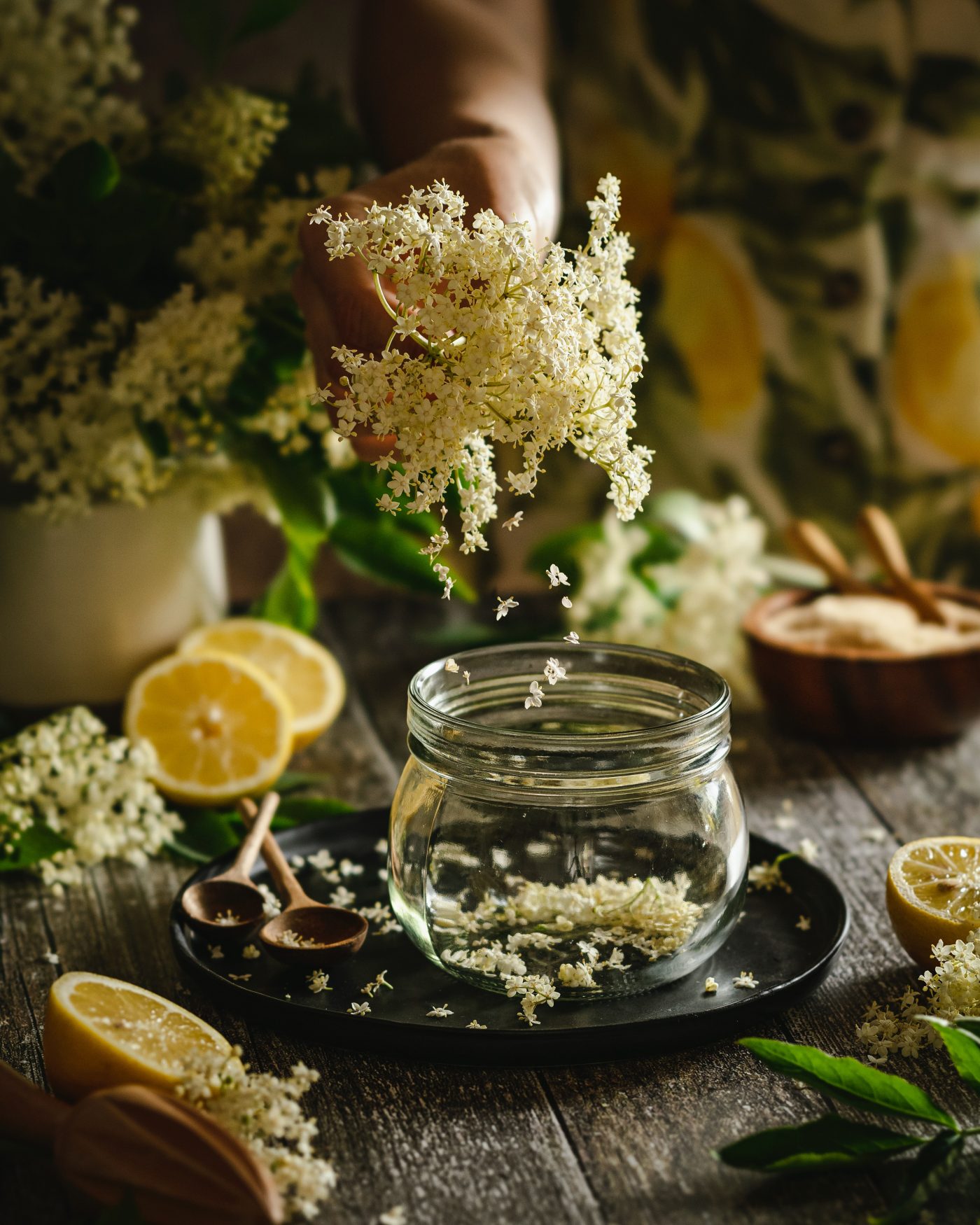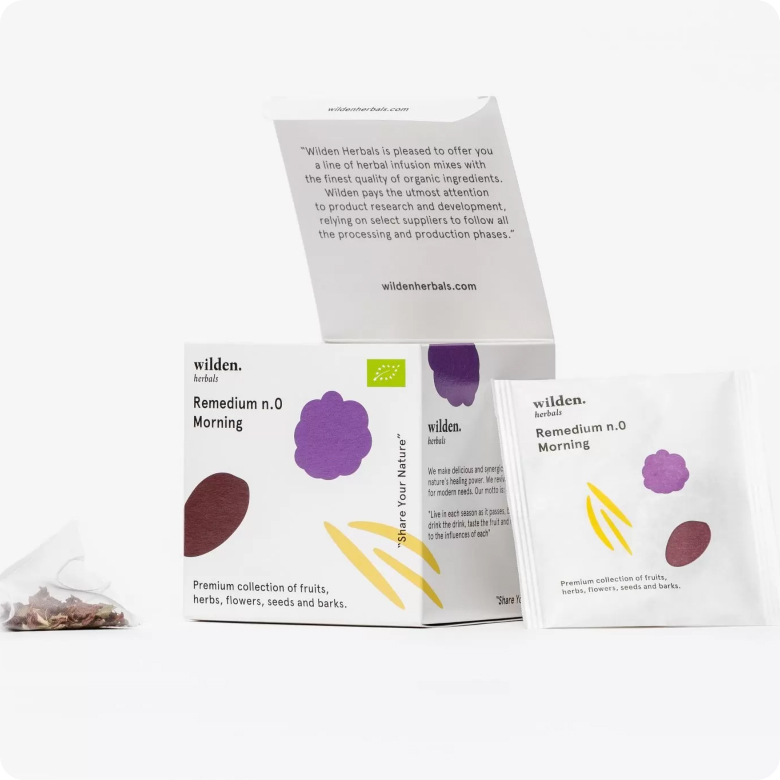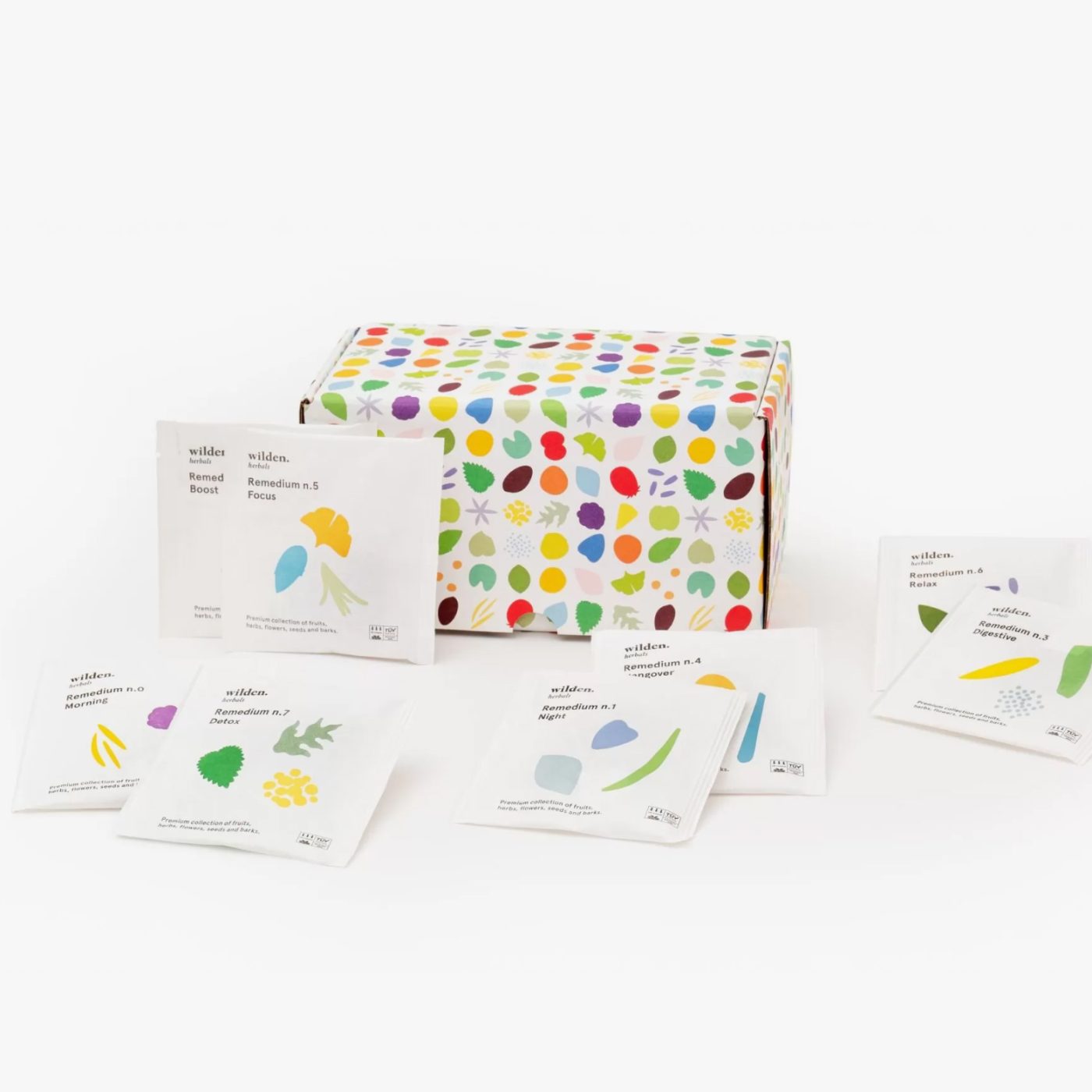Elderberry, the magic tree by tradition
Elderberry is a mysterious species with ancient origins. Folk tradition, especially that of Northern Europe, attributed as many as seven magical virtues to it, one for each part of the plant.
Elderberry: botanical anatomy
Sambucus includes several species, the most common being Sambucus nigra (with black-purple berries), Sambucus racemosa (red berries) and Sambucus ebulus . Great care must be taken with the latter because, although it closely resembles the first two, it is a variety that is very poisonous to humans.
The species of our interest is the Sambucus nigra, also known as black elderberry or common elderberry, a plant that can take either tree or shrub form, belonging to the botanical family Adoxaceae or Caprifoliaceae.
Although ascribable to the hedge family, the elderberry is for all intents and purposes a small tree that can grow up to a maximum of 10 meters in height. It has a highly branched upright trunk with a twisted and irregular shape, characterized by many nodes. But it is the flowers that are the most conspicuous and recognizable part of this plant, partly due to their characteristic smell that announces the presence of the shrub from a considerable distance. Small, creamy white or ivory in color, they are found clustered in umbrella-shaped inflorescences that can reach up to 20 cm in diameter. Their flowering begins with the first warmth of late spring and lasts throughout the July. As we will see in a moment, they are widely used in phytotherapy, herbalism and to prepare various culinary delicacies.
What makes this species much loved (especially by the many bird species that feed on it) are the fruits, very small, glossy, juicy globular berries. At first green, then dark purple and blackish, they reach full maturity in late August but remain on the tree until late October.
If you encounter this plant on your path be careful to pick its fruits only when they are fully ripe; when unripe they contain high concentrations of the glycoside sambunigrin, an element that is toxic to humans if consumed in high quantities.

Elderberry: origin and habitat
Sambucus nigra is a deciduous species, meaning it loses its leaves every year during autumn, and prefers moist forest soils. Native to North Africa and Europe, it is now a rather cosmopolitan species and is also easy to find in Central or Western Asia and North America.
In Italy it is found from 0 to 1400 m above sea level, and its preferred habitat extends from the plains to the highlands. You might encounter it on the edges of country roads or hillsides, but also in more urbanized areas such as city parks.
Elderberry: properties and benefits
The use of elderberry in folk and traditional medicine dates back to very ancient times, suffice it to say that traces of its berries have even been found in Neolithic settlements. Several historical texts report the use of flowers and fruits primarily for the treatment of colds and as an expectorant, in cases of fever, but also for the treatment of colic, sinusitis, conjunctivitis, headaches, rheumatism, and, last but not least, as a laxative.
Noi di Wilden l’abbiamo scelto per la ricetta del nostro Remedia n.2 – Boost, una miscela di 9 erbe dalle proprietà antiossidanti e immunostimolanti, in grado di rinforzare le difese immunitarie, di proteggere l’organismo dai fattori di rischio e di prevenire e curare i sintomi da raffreddamento. E per la stagione calda puoi provarlo non solo nelle nostre ricette di tisane fredde, ma anche nella versione di fermentato botanico frizzante, Frècc n. 2 – Boost Botanical Kombucha.

Elderberry: how to use it
Elderberry lends itself to countless uses. For example, in herbal medicine, where all its parts are used: flowers, leaves, berries and barks are used to prepare decoctions, herbal teas and syrups to treat numerous ailments.
Or, for more homemade recipes: elderflowers are used to make pancakes or flavored breads; they can be soaked to make elixirs or refreshing syrups; and again for delicious jams or liqueurs. The very famous Sambuca is, in fact, an anise-based liqueur that takes its name from another ingredient: an extract obtained from the flower of this plant.
Elderberry: curiosities
- Its name is probably derived from the ancient Greek sambúkē, a term for a small musical wind instrument. In fact, the young, long twigs of the elderberry are filled with a tender pith that is very easy to hollow out to make plant tubes that can serve as rudimentary flutes.
- Elderberry’s healing properties were so valued in Germany and Austria that the tree was commonly called the “Pharmacy of the Gods.” The peasant tradition was to bow 7 times before it, because powerful medicines could be extracted from 7 of its parts: flowers, with a purifying function; fruits used against colds; leaves, for skin compresses; bark, as an intestinal balancer; roots, for making decoctions; resin, used as an ointment against dislocations; and shoots, which helped with neuralgia.
- This plant, or rather, a wine flavored with its leaves is used in one of the most famous black comedies of American golden age cinema “Arsenic and Old Lace” directed by Frank Capra. The aunts of the main character played by Cary Grant use it to poison their tenants with a “smile on their faces.”

Bibliography
- Luciano, Riccardo, and Carlo Gatti, Edible Spontaneous Herbs. Araba Fenice, 2014
- Stefano Mancuso, The Plant Nation. Laterza Publishers, 2019
- Monique Simmonds, Melanie-Jayne Howes, Jason Irving, Medicinal Plants. Guido Tommasi Editore, 2020







